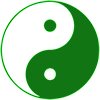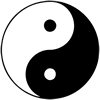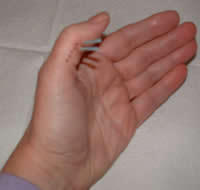In a previous article, I explained the function of the Liver in Chinese Medicine philosophy. The proper functioning of the Liver, from a Chinese medicine point of view, is probably the most important factor in ensuring our physical and emotional health.
So, what can cause a disruption in the free flow of Liver energy? Stress, anger, resentment and repressed frustrations in life will do it every time! These emotions, when experienced for a prolonged period of time, will cause the Liver Qi to stagnate. Diet and lifestyle, in particular the excessive consumption of spicy or greasy foods and the use of alcohol and nicotine, will contribute to or aggravate a Liver imbalance by generating heat in the body.
 It is said in Chinese medicine that when energy is flowing smoothly throughout the body, we have no pain or disease. The Liver is the organ that is responsible for ensuring that energy, or Qi (pronounced “chee”), flows smoothly throughout the body – in all organs and in all directions. The function of the Liver of regulating Qi, is extremely important to both our physical and emotional health.
It is said in Chinese medicine that when energy is flowing smoothly throughout the body, we have no pain or disease. The Liver is the organ that is responsible for ensuring that energy, or Qi (pronounced “chee”), flows smoothly throughout the body – in all organs and in all directions. The function of the Liver of regulating Qi, is extremely important to both our physical and emotional health. When you study the anatomy and physiology of the body’s organs in Chinese medicine, there are many similarities to what we know in western medicine. For example, both systems of medicine understand that the kidneys are the small bean shaped organs that are housed in the lumbar area of the body and are responsible for controlling urination. But in Chinese medicine, each organ has a much broader function. The Kidney is probably the best example.
When you study the anatomy and physiology of the body’s organs in Chinese medicine, there are many similarities to what we know in western medicine. For example, both systems of medicine understand that the kidneys are the small bean shaped organs that are housed in the lumbar area of the body and are responsible for controlling urination. But in Chinese medicine, each organ has a much broader function. The Kidney is probably the best example.



